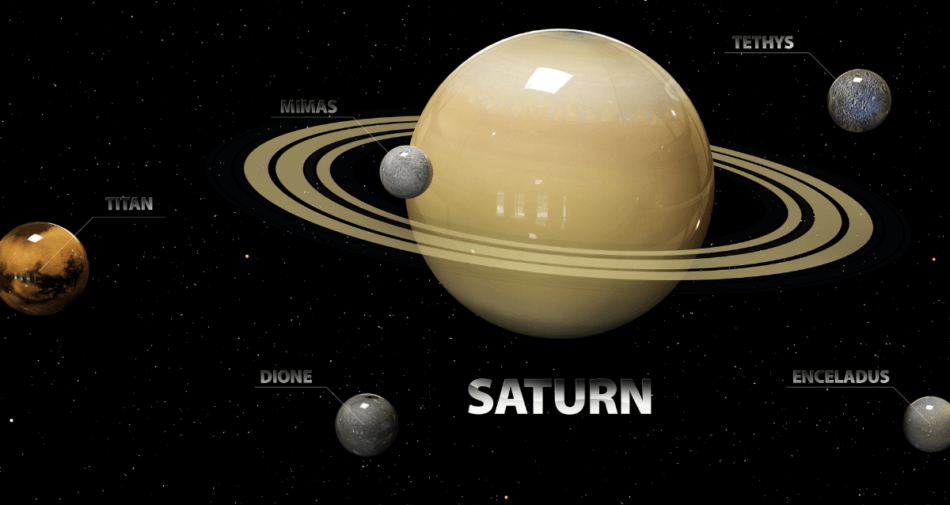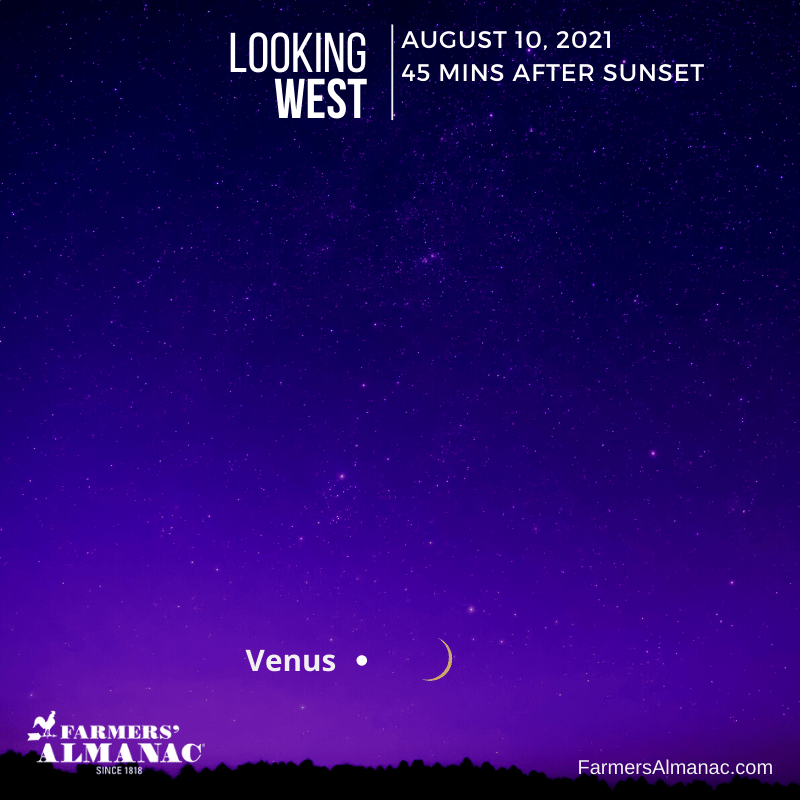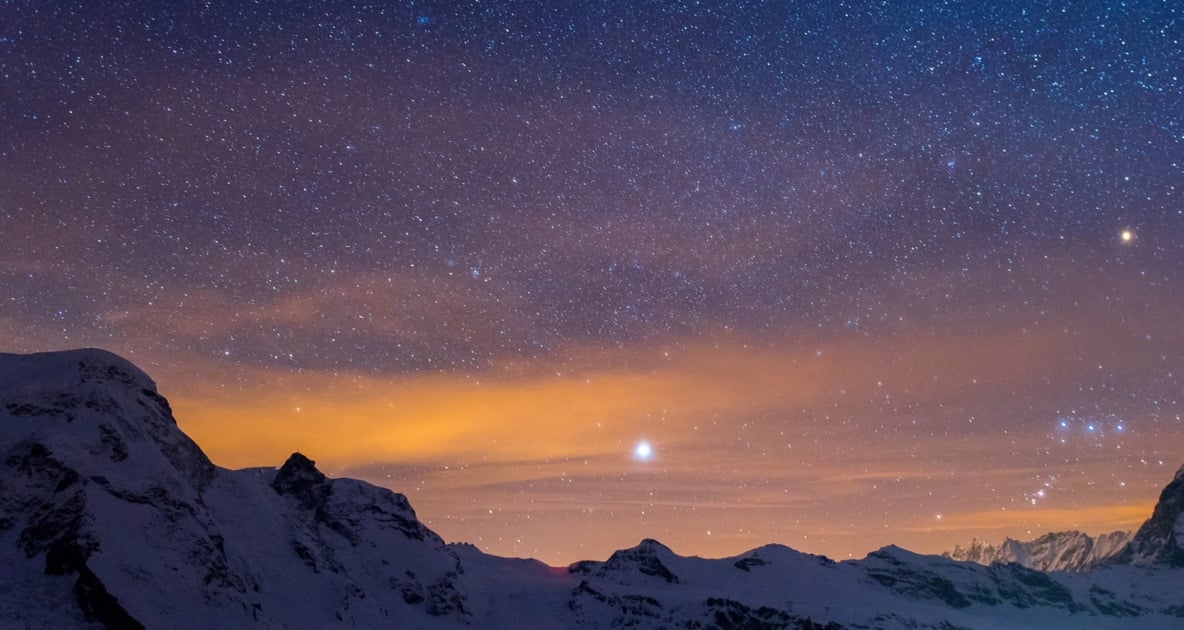Here is a listing of celestial events you might want to look for during these spring/summer nights in August. All times are listed as Eastern Daylight Time for the Northern Hemisphere.
Take note that we sometimes will use angular degrees to define the separation between two objects, such as (for example) two bright planets. Keep in mind that the width of your clenched fist, held at arm’s length, measures roughly 10°. Magnitude can be thought of as a “grade” in accordance to the brightness of a star or planet. A “bright” or “very bright” object can be considered first or zero magnitude. “Fairly bright” is second magnitude, “medium” is third magnitude, “faint” is fourth magnitude and “very faint” is fifth. A negative magnitude denotes an object of exceptional brightness. Venus is usually minus 4; the full Moon is minus 12.7 and the Sun is blindingly bright minus 26.7!
August 1 – Mercury is in superior conjunction today and will have a very poor apparition during late August, in the western sky after sunset. This is its worst showing in 2021 for north temperate latitudes. The innermost planet climbs to only 9° above the horizon at sunset and is 16° to the lower right of Venus at month’s end. If you really want to try for it, use big binoculars and look due west about 30 minutes after sunset.
Also, Mars becomes lost in the sun’s afterglow and is now out of sight until late November.
August 2 – Saturn is at opposition tonight. It shines low in the southeast when darkness falls, but it’s easy enough to spot–unless you are surrounded by trees or buildings to the south and southeast. Later in the evening, it rises higher over the southern sky. With the exception of Jupiter to its far left, it is located well away from anything of comparable brightness, so it should be a great opportunity to observe this planet.

Saturn’s rings and moons perform an eternal, slow-motion circus act for telescopic observers. The rings are currently tilted 18° to 19° from edge on, less than they have been since 2012. Look for Titan, the brightest moon, about four ring-lengths west of Saturn on August 14th and 31st, and east around the 6th and 22nd.
August 7 – Midpoint of summer. Summer is half over.
August 8 – New Moon at 9:50 a.m. In this phase, the Moon is not illuminated by direct sunlight and is completely invisible to the naked eye.
August 10 – About 45 minutes after sunset, look about 8° above the western horizon for a 2½-day old crescent Moon and 6° to its left you’ll see brilliant Venus, which continues to set about 1½ hours after the Sun all month.

Although its elongation from the Sun is increasing, the angle between the ecliptic and the horizon is unfavorable for northern observers. The ecliptic’s slope is shallow at sunset at the beginning of August, and shallowest in September. So, from late June through October, Venus remains at the same altitude at sunset, just 15° to 17° high (for observers around 40° north latitude). What does change is Venus’s azimuth (its angular position relative to the horizon) at sunset, which moves from west to west-southwest during the course of August.
August 11-13 – During the predawn hours, the Perseid meteor shower, often considered the year’s best, is predicted to reach peak activity. This is one of the strongest of the readily observed annual meteor showers, and at maximum, nominally yield anywhere from 45 to 90 meteors per hour. However, those blessed with exceptionally dark skies sometimes record even larger numbers. The Perseids are known to produce many bright and fragmenting meteors that leave fine trains in their wake.
Any light pollution will cut down the numbers, but the brightest few meteors will cut through even bad light pollution. If you are clouded out this morning, take heart in the knowledge that a fair number of meteors should be seen on the preceding and following nights as well. The extreme limits of this shower extend from July 25th to August 18th. Prime viewing time for the Perseids is from about 11 p.m. or midnight your local time until the first light of dawn. This is when the shower’s radiant (its perspective point of origin) is high in your sky. The higher the radiant, the more abundantly the meteors will appear all over the sky as seen from your location, and the few that happen early in the evening when the radiant is low are especially long – skimming the upper atmosphere and flying far across the sky.
August 15 – First Quarter Moon at 11:19 a.m. In this phase, the Moon looks like a half-Moon in the sky. One-half of the Moon is illuminated by direct sunlight, while the illuminated part is increasing, on its way to becoming a full Moon.
August 19 – Jupiter is at opposition tonight. This means it is visible whenever the sky is dark. It will be highest around midnight. It now burns right on the border between Capricornus and Aquarius, and comes into view early in evening twilight, though it’s still rather low in the southeast. This big planet peaks at a powerful magnitude -2.9. In good telescopes its disk is readily apparent, perhaps displaying darkish belts, light zones, spots, garlands, and festoons.
August 21 – Prominent all through the overnight hours, and hovering 5° below Jupiter, will be a virtually full Moon.
August 22 – Full Sturgeon (Blue) Moon at 8:02 a.m. This month’s full Moon may also be referred to as a Blue Moon, which usually means the second full Moon of the month, which is not the case this year. Years ago, the now-defunct Maine Farmer’s Almanac (not to be confused with our publication), suggested that if a season contained four full Moons instead of the usual three, the third should be called a “Blue Moon.” (Which is what happens this year.)
In most years, there are twelve full Moons—one for each month, and three for each season. In 2021, there are 12 full moons, yet four of them occur within the boundaries of our current summer season: June 24th, July 23th, August 22nd, and September 20th. Thus, according to the “Almanac” rule, August’s full Moon, the third of four Moons this summer of 2021, is branded as a “Blue Moon.”
August’s Full Moon is also known as the Sturgeon Moon. See how and why this month’s Moon got this moniker in the short video below.
August 30 – Last Quarter Moon at 3:13 a.m. In this phase, the Moon appears once again as a half Moon due to the direct sunlight. The Illuminated part is decreasing toward the new Moon phase.
Our schedule is adapted from “Skylog,” a regular feature appearing in Natural History magazine, written by Joe Rao since 1995.

